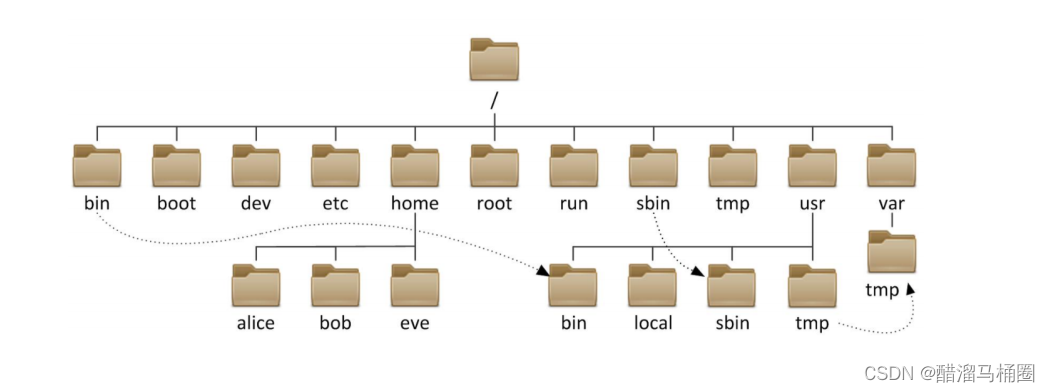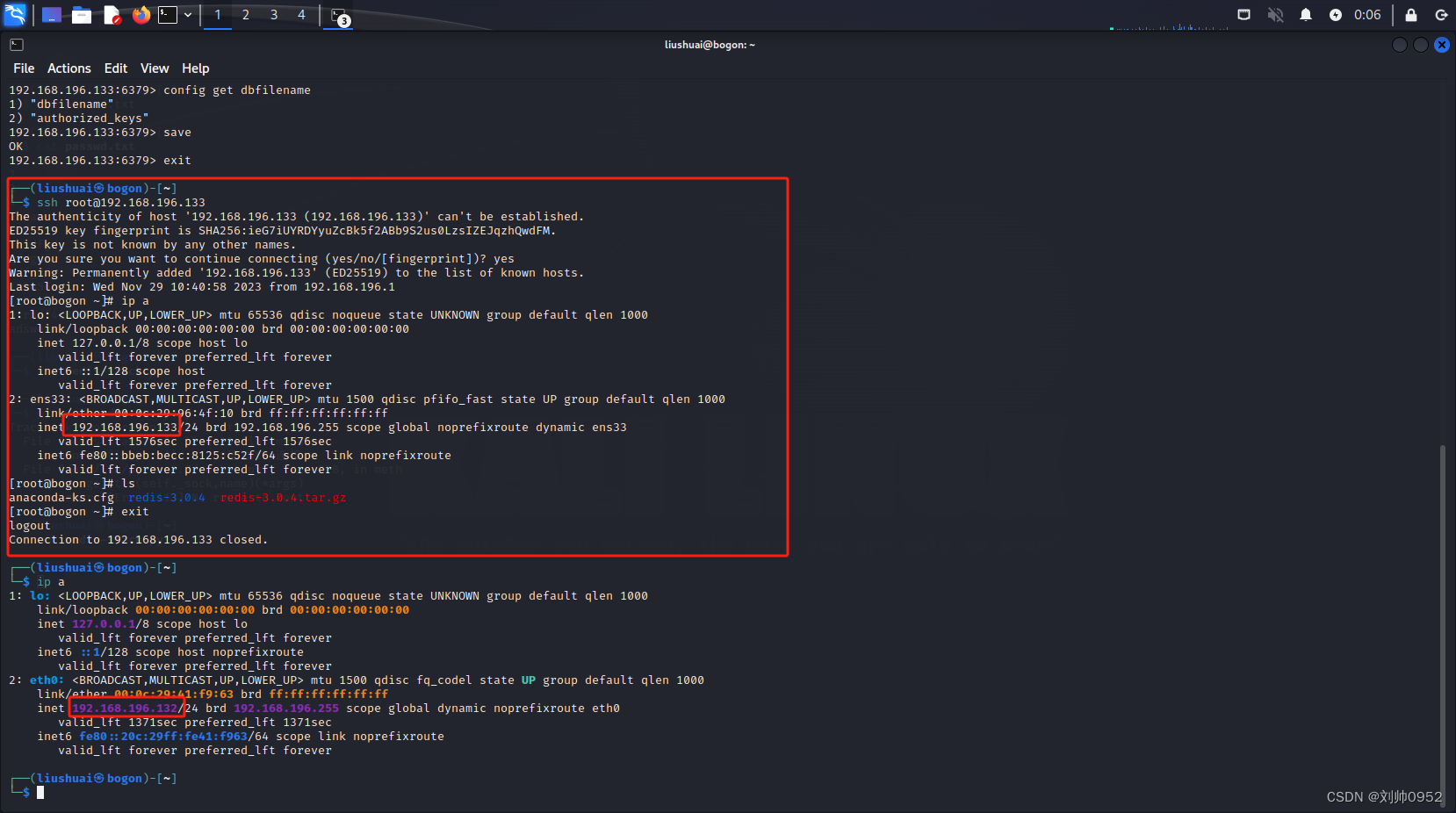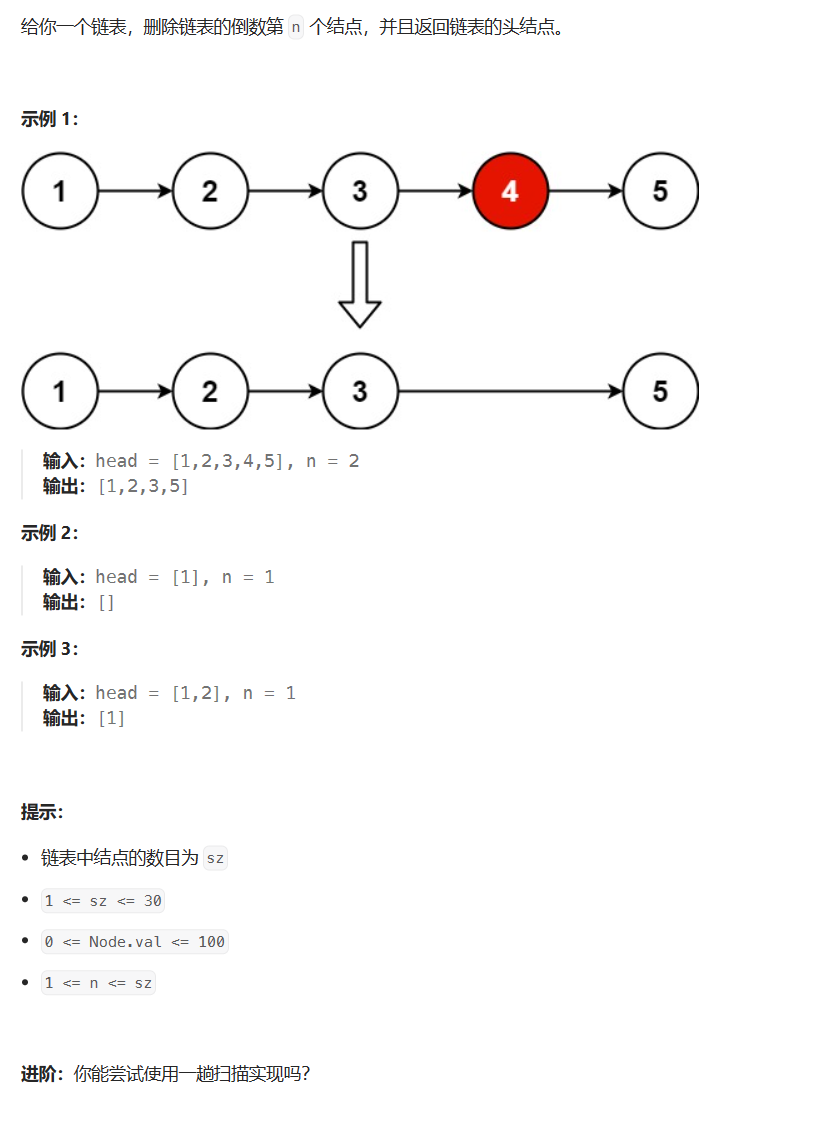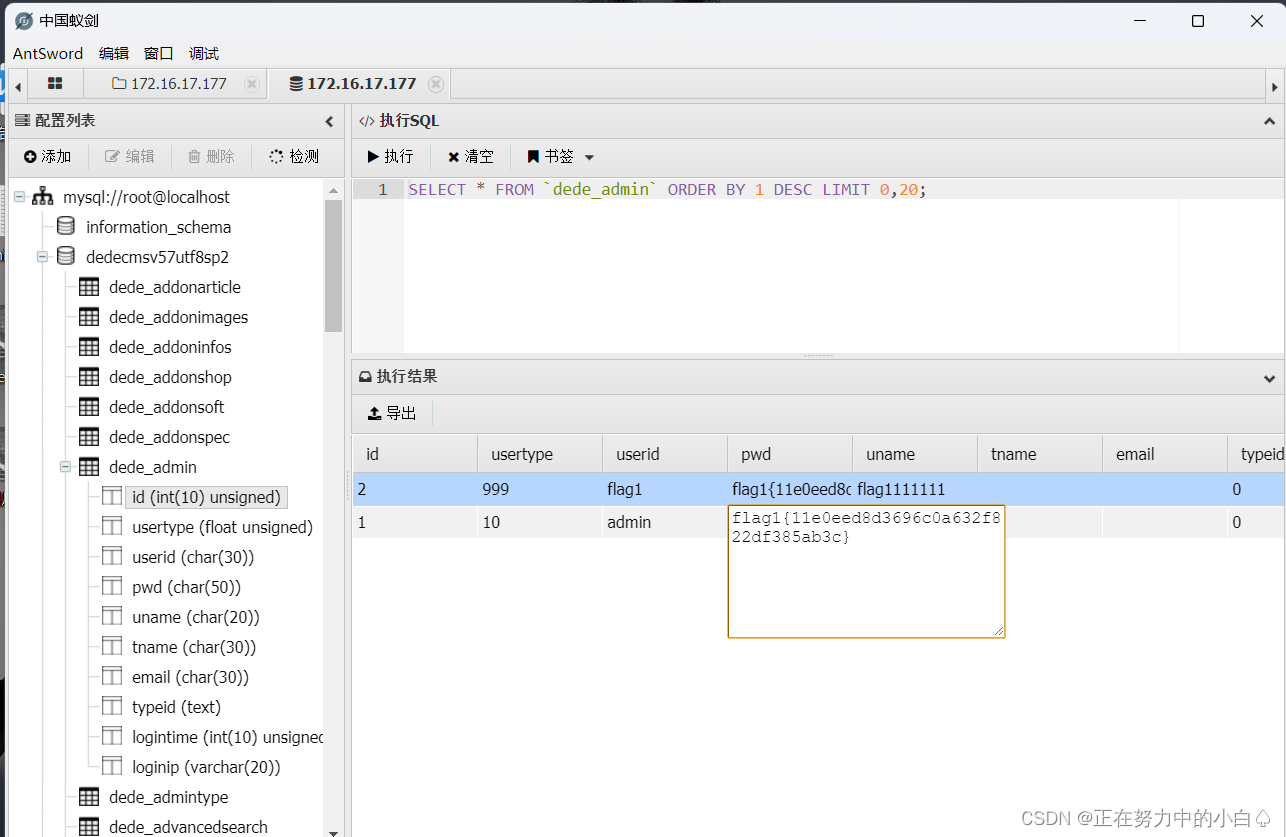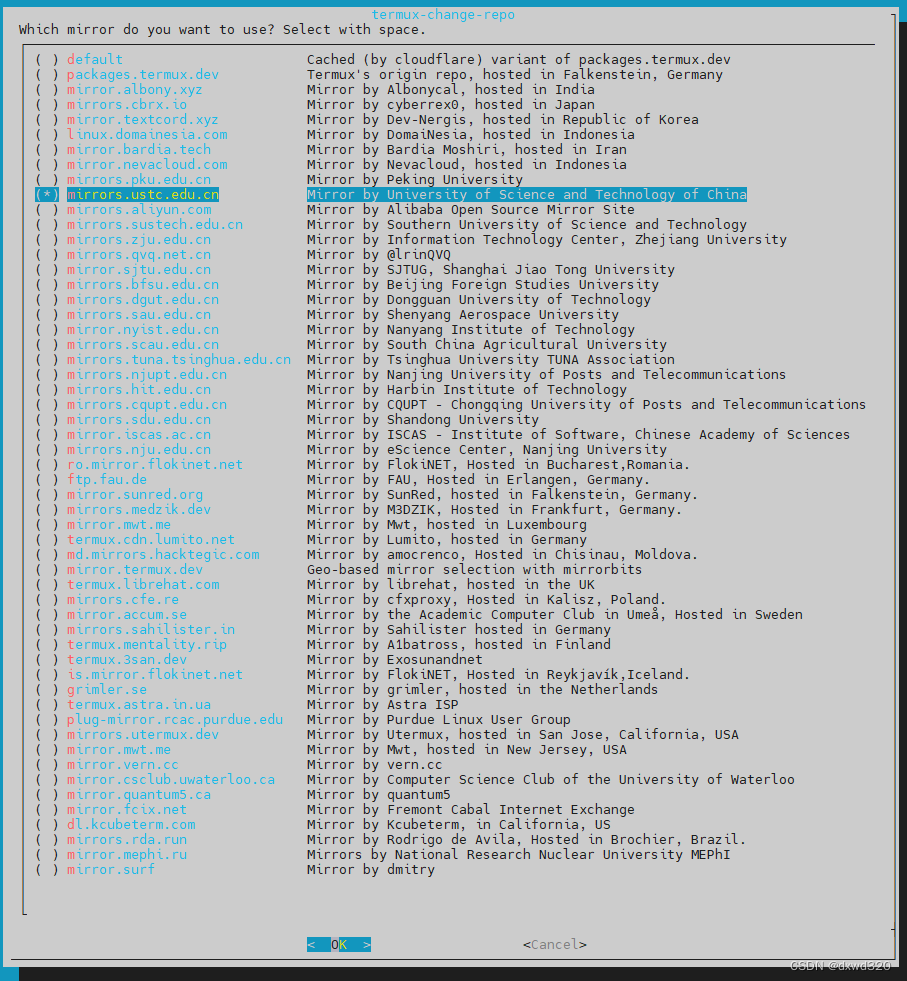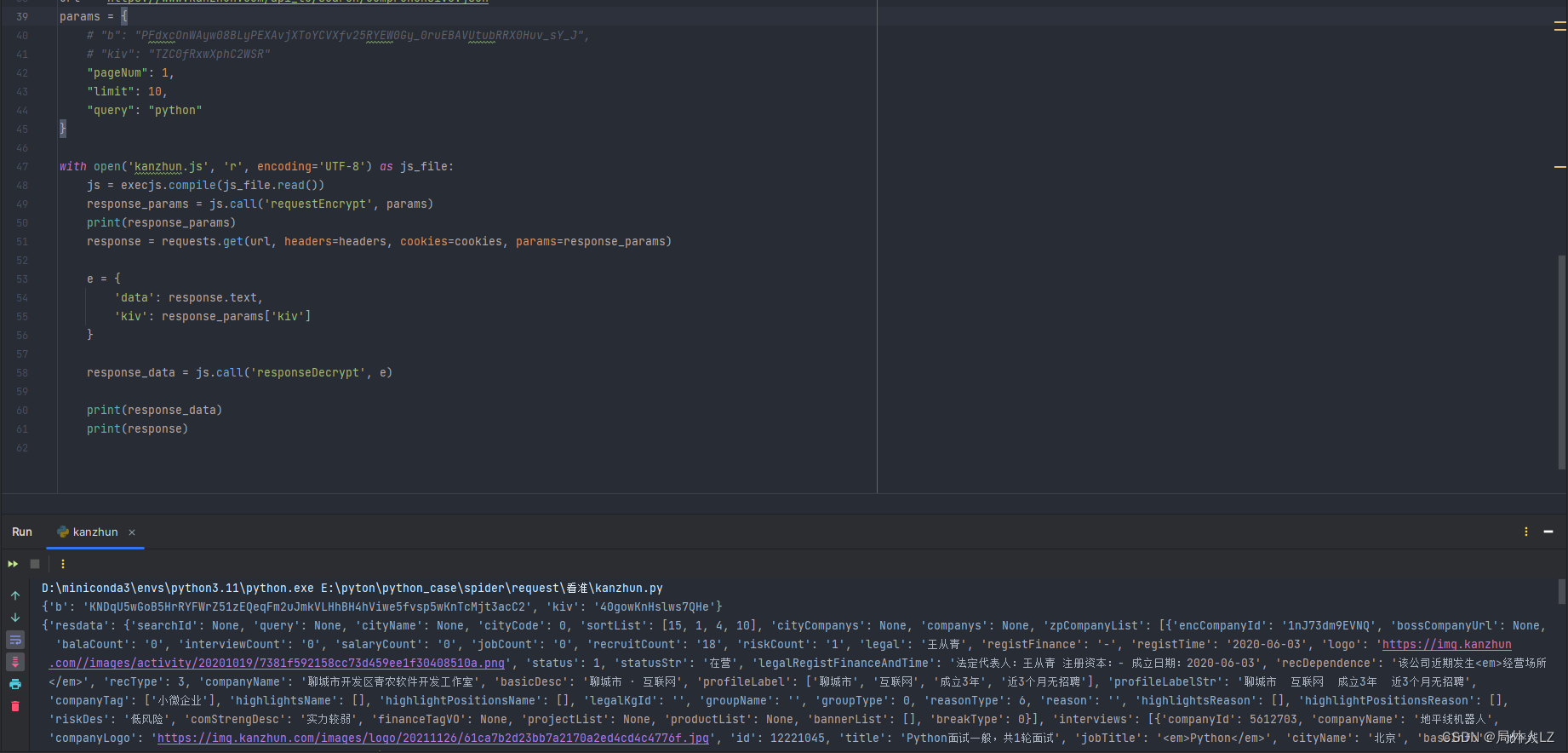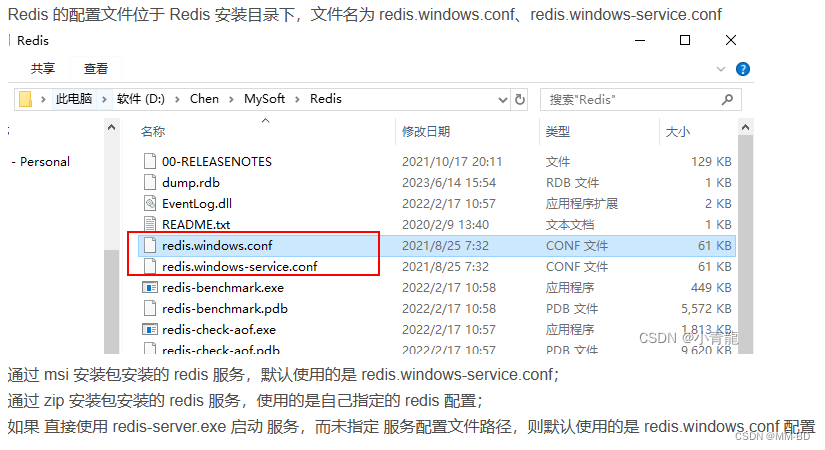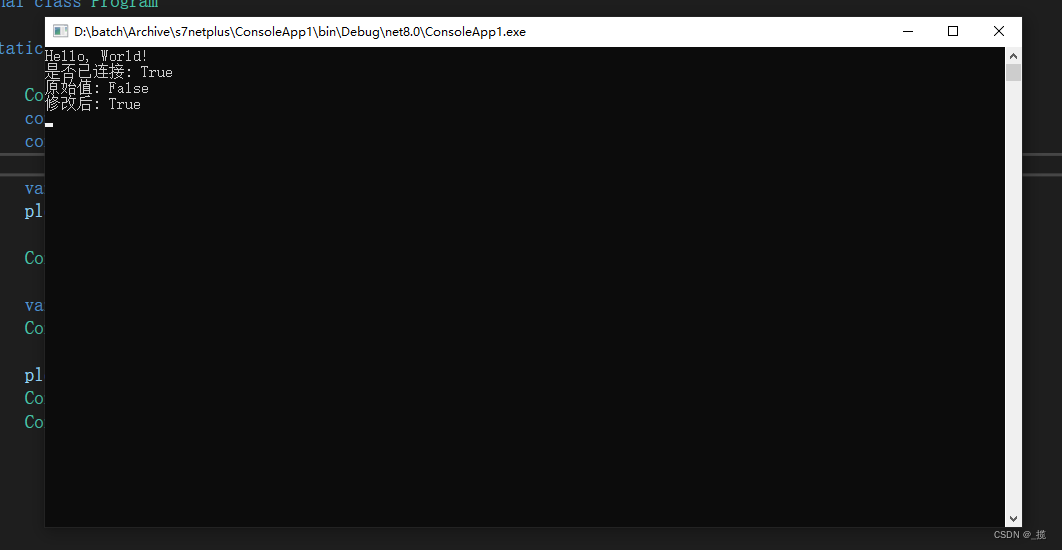力扣日记:【二叉树篇】二叉树的最小深度
日期:2023.11.28
参考:代码随想录、力扣
111. 二叉树的最小深度
题目描述
难度:简单
给定一个二叉树,找出其最小深度。
最小深度是从根节点到最近叶子节点的最短路径上的节点数量。
说明:叶子节点是指没有子节点的节点。
示例 1:
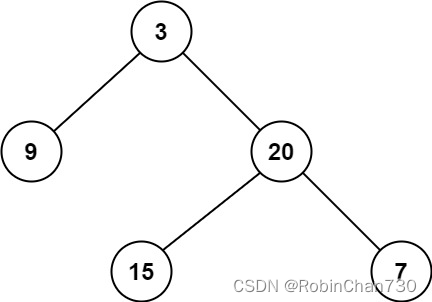
输入:root = [3,9,20,null,null,15,7]
输出:2
示例 2:
输入:root = [2,null,3,null,4,null,5,null,6]
输出:5
提示:
- 树中节点数的范围在 [0, 10^5] 内
- -1000 <= Node.val <= 1000
题解
递归(cpp ver)
使用后序遍历(记得排除非叶子节点的情况)
/**
* Definition for a binary tree node.
* struct TreeNode {
* int val;
* TreeNode *left;
* TreeNode *right;
* TreeNode() : val(0), left(nullptr), right(nullptr) {}
* TreeNode(int x) : val(x), left(nullptr), right(nullptr) {}
* TreeNode(int x, TreeNode *left, TreeNode *right) : val(x), left(left), right(right) {}
* };
*/
#define SOLUTION 2
class Solution {
public:
#if SOLUTION == 1
// 1. 递归的参数以及返回值
int getDepth(TreeNode* node) {
// 2. 终止条件
if (node == nullptr) return INT_MAX; // 排除不是叶子节点
if (node->left == nullptr && node->right == nullptr) return 1; // 当前节点为叶子节点, 返回1(而不是0)
// 3. 处理逻辑
int leftDepth = getDepth(node->left); // 左
int rightDepth = getDepth(node->right); // 右
int depth = 1 + min(leftDepth, rightDepth); // 中
return depth;
}
int minDepth(TreeNode* root) {
if (root == nullptr) return 0;
return getDepth(root);
}
#elif SOLUTION == 2
// 1. 递归参数与返回值(输入为当前节点,返回值为当前节点的高度)
int getDepth(TreeNode* node) {
// 2. 终止条件
if (node == nullptr) return 0;
// 3. 处理逻辑
// 左
int leftDepth = getDepth(node->left);
// 右
int rightDepth = getDepth(node->right);
// 中
// 注意最小深度是根节点到距离最近的叶子节点的节点数,因此要排除非叶子节点的情况
if (node->left == nullptr && node->right != nullptr) {
// 当左节点为空而右节点不为空,说明左节点不是叶子节点,说明最小深度是 1 + 右子树的深度
return 1 + rightDepth;
}
if (node->right == nullptr && node->left != nullptr) {
// 同理
return 1 + leftDepth;
}
// 都不为空,则返回两者最小
return 1 + min(leftDepth, rightDepth);
}
int minDepth(TreeNode* root) {
return getDepth(root);
}
#endif
};
迭代(go ver)
使用层序遍历
/**
* Definition for a binary tree node.
* type TreeNode struct {
* Val int
* Left *TreeNode
* Right *TreeNode
* }
*/
func minDepth(root *TreeNode) int {
queue := list.New()
if root != nil {
queue.PushBack(root)
}
curDepth := 0
for queue.Len() > 0 {
// 记录当前队列长度
size := queue.Len()
curDepth += 1 // 记录当前深度
for size > 0 { // 处理当前层
// 弹出并写入结果
front := queue.Front()
node := queue.Remove(front).(*TreeNode) // 存进list之后类型会变为*list.Element,要转换为*TreeNode
// 如果没有左右节点、说明到达了叶子节点,当前深度即为最小深度
if node.Left == nil && node.Right == nil {
return curDepth
}
if node.Left != nil {
queue.PushBack(node.Left)
}
if node.Right != nil {
queue.PushBack(node.Right)
}
size -= 1
}
}
return curDepth
}
复杂度
时间复杂度:
空间复杂度:
思路总结
- 注意最小深度是根节点到距离最近的叶子节点的节点数,因此要排除非叶子节点的情况


